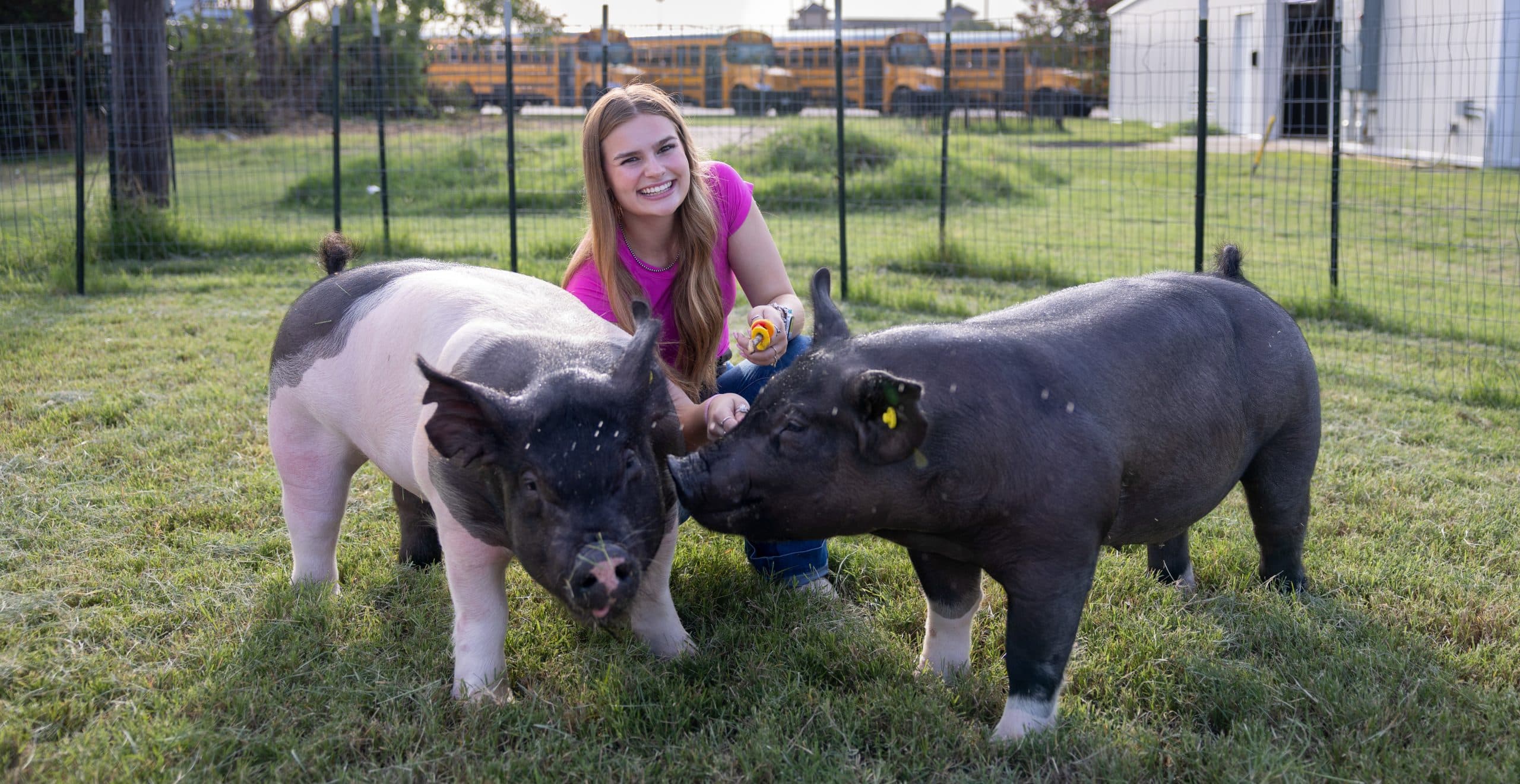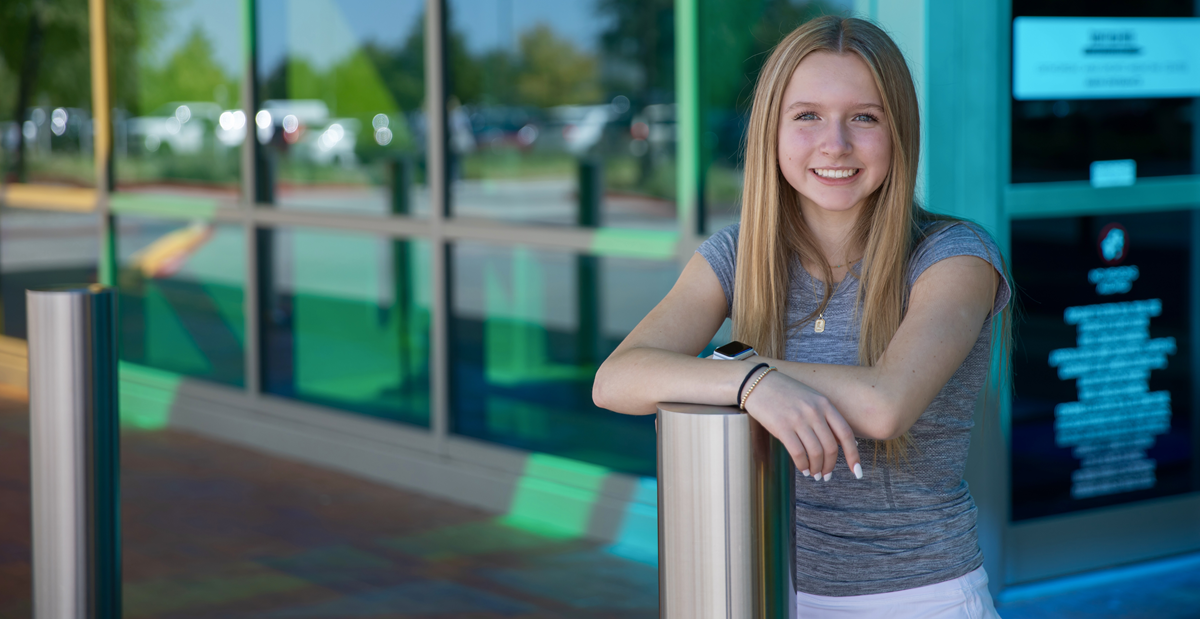Cover story previously published in Rite Up, 2024 – Issue 3. by Kristi Shewmaker Emily Claire, of Plano, spends most of her time raising two pigs — Dolly and Kenny, named after Dolly Parton and Kenny Rogers. Like the country legends, Dolly and Kenny are not related....



